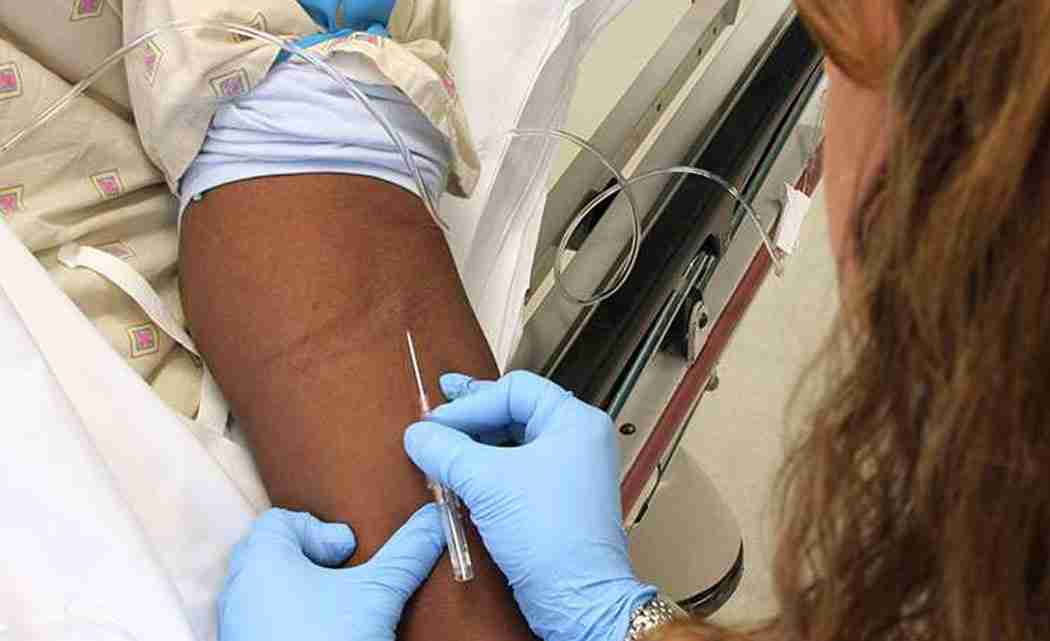(NewsUSA) – While many patients fear needles — especially IVs — a new FDA-cleared device is making for a safer experience.
Consider this: approximately 80 percent of hospital patients receive an IV, and about a third of IV lines fail due to issues within the vein. One improvement that can now impact the patient experience is the ivWatch 400.
The device was created by ivWatch, LLC, a company committed to “aid in the early detection of intravenous (IV)
infiltration and extravasation events,” according to its website (www.ivwatch.com). In layman’s terms, IV fluids can inadvertently enter the tissue near an IV insertion site resulting in an infiltration or extravasation. Infiltrations are less-harmful leaks that can cause pain, redness of the skin and swelling. Extravasations are potentially harmful leaks from IV medications like chemotherapy. Infiltrations and extravasations are considered to be medical dosing errors and, in severe cases, may result in tissue necrosis, loss of function, amputation or even death. The ivWatch sensor technology aids clinicians in the early detection of these adverse events.
“It’s very rare that you get an opportunity to be involved in something that can have such a huge impact,” says Gary Warren, president and CEO of ivWatch, LLC. “IVs are probably the most common medical procedure that’s performed and 30 percent of them fail. It’s a huge problem.”
Darcy Dolemann, MSN, RN, CRNI, VA-BC, clinical manager of the Vascular Access Team at Cincinnati Children’s Hospital Medical Center where clinical trials of the technology have been performed, agrees with Warren’s assessment.
“This is really a game-changing technology for infusion therapy and should become the new standard of care,” says Dolemann. “The device impacts every unit and almost every patient. For clinicians and patients, this will change the experience.”
In development since 2000, the ivWatch technology uses an optical sensor that illuminates tissue near the IV site with visible and near infrared light. The sensor is coupled with a patient monitor that receives the feed from the sensor, processes it, and alerts the clinician if conditions suggest that an infiltration or extravasation has occurred. The benefits, says Warren, are immeasurable, but can include improved nurse productivity, reduction in medication errors and IV restart costs, and most importantly, a safer patient experience.
“Our goal is to be on every IV pole in the country,” says Warren. “This issue is so prevalent, and we have a way to fix it.”













No Comment